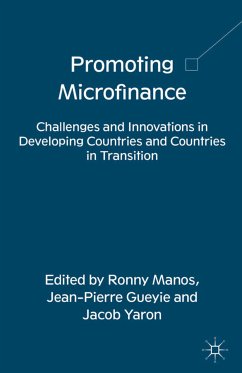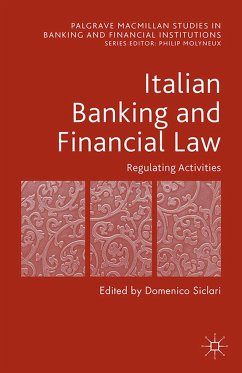This text is concerned with the increasingly important and problematic area of financial exclusion, broadly defined as the inability and/or reluctance of particular societal groups to access mainstream financial services. This has emerged as a major international policy issue. There is growing evidence that deregulation in developed financial sectors improves financial inclusion for some societal groups (more products become available to a bigger customer base), but may at the same time exacerbate it for others (for example, by emphasizing greater customer segmentation and more emphasis on risk-based pricing and 'value added'). In developing countries access to financial services is typically limited and therefore providing wider access to such services can aid financial and economic development. This is the first text to analyze financial exclusion issues in different parts of the world and it covers the various public and private sector mechanisms that have been advanced to help eradicate this problem.
Dieser Download kann aus rechtlichen Gründen nur mit Rechnungsadresse in A, B, BG, CY, CZ, D, DK, EW, E, FIN, F, GR, HR, H, IRL, I, LT, L, LR, M, NL, PL, P, R, S, SLO, SK ausgeliefert werden.









